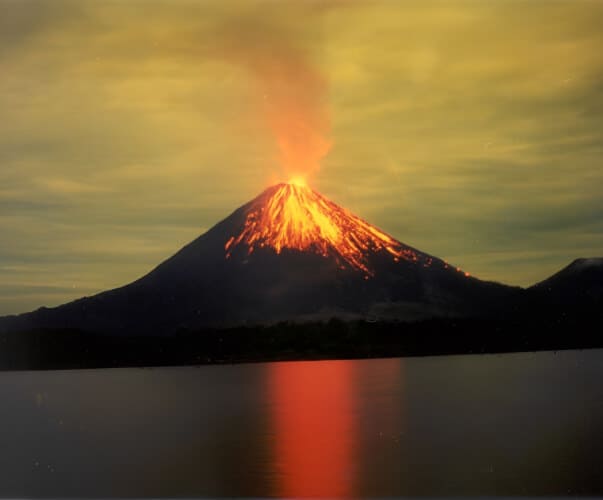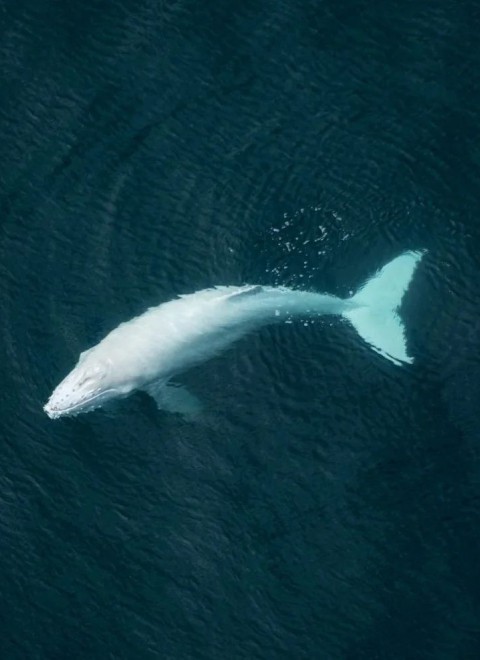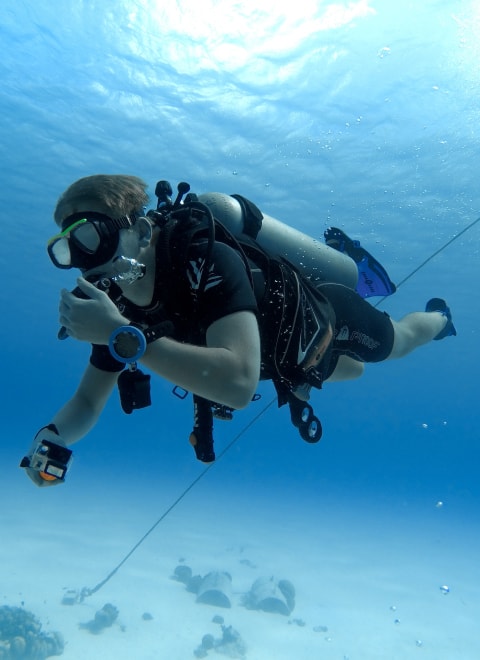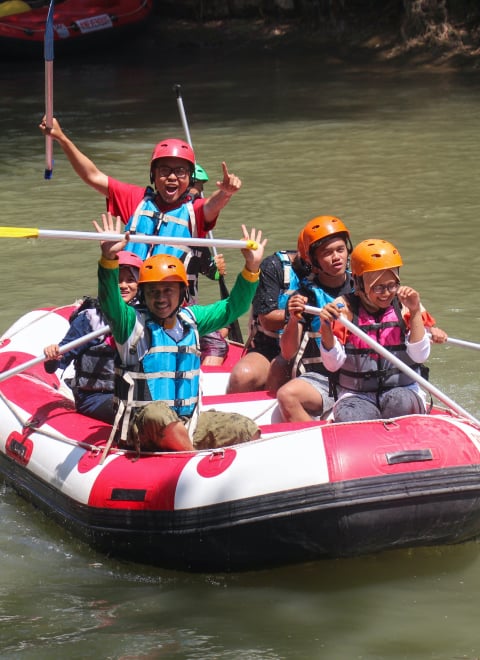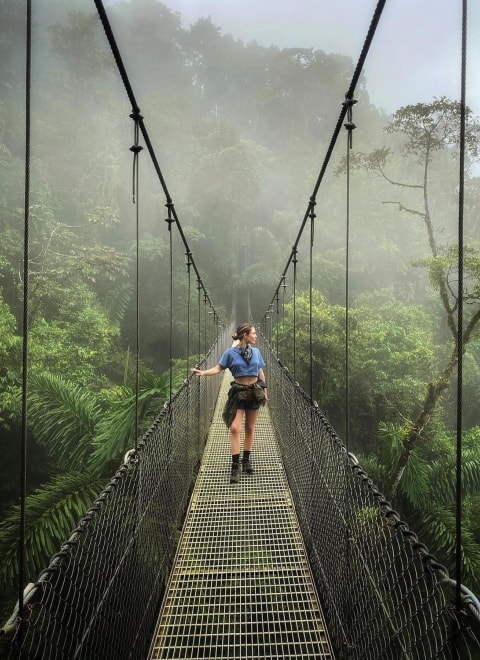explore costa rica
Costa Rica Volcanoes
Don't forget to book your vacation rentals with us
About Costa Rica Volcanoes
Arenal Volcano
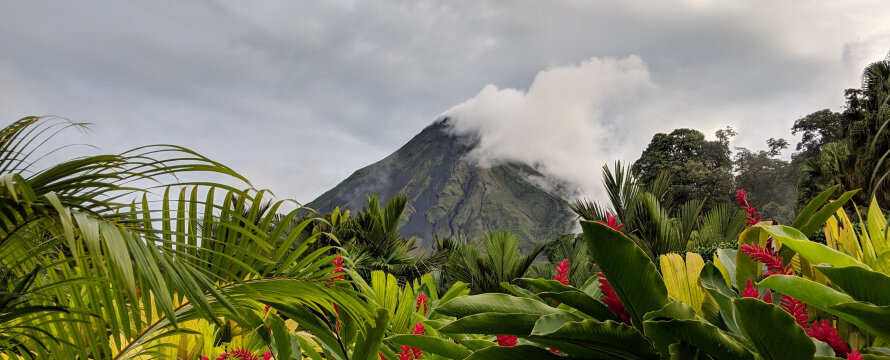
Ranked #7 in the most stunning volcanoes in the world by Lux Magazine Life, and ranked #8 by CNN Travel in the most photogenic volcanoes, Arenal represents the favorite and most visited of Costa Rica volcanoes.
Quick Facts About Arenal
- Height: 1,633 meters (5,358 feet)
- Location: At the center of Arenal Volcano National Park in northern Costa Rica, 15 kilometers (9.3 miles) southwest of La Fortuna region in San Carlos, a small town in Alajuela province.
- Active: Yes, but it is currently in a resting phase.
- Last Eruption: 2010
Irazú Volcano
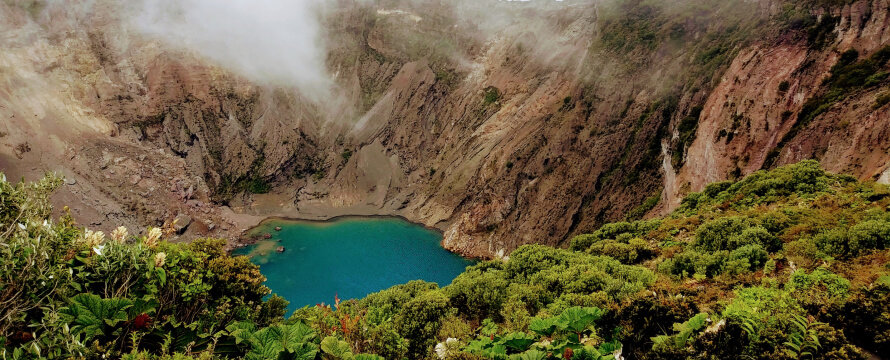
Quick Facts About Irazú
- Height: 3,432 meters (11,260 feet)
- Location: in Cordillera Central, 32 kilometers north of Cartago city
- Active: Yes, at the moment the crater releases harmful steam
- Last Eruption: 1994
Book Your
Costa Rica Vacation
Poás Volcano
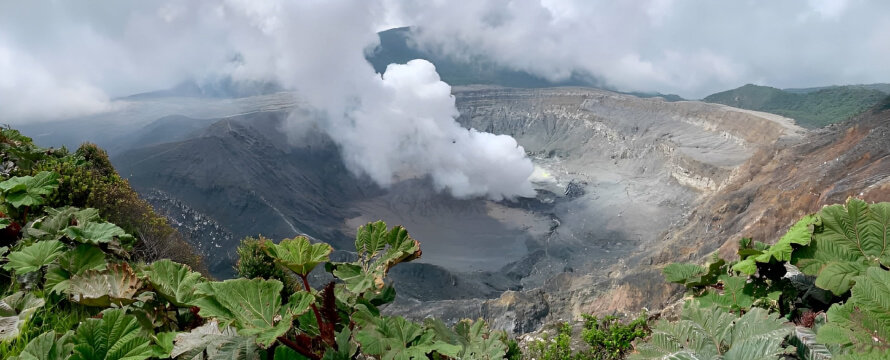
Quick Facts About Poás
- Height: 2,697 meters (8,848 feet)
- Location: located in the northern region of the Central Valley of Costa Rica, in the Central Volcanic Mountain Range, in Alajuela province.
- Active: Yes. It maintains a constant activity of gas emanation and sporadic gas and rocks eruptions.
- Last Eruption: 2019
Rincón de la Vieja Volcano
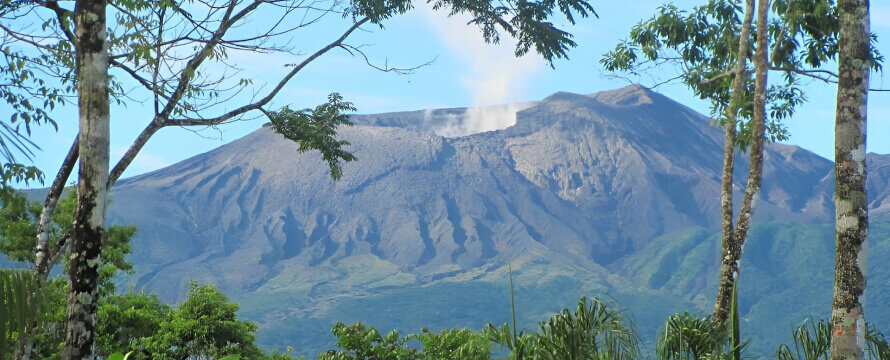
Its name means “Old Woman’s Corner” and it is based on an indigenous legend about princess Curabanda who fell in love with Mixcoac, head of an adjoining adversary clan, who was tossed into the cavity by her dad Curabande when he found out about their affair.
Hiking in Rincón de la Vieja National Park on the Las Pailas trail takes you 2.5 miles (3.5 km) through an exotic dry tropical forest where you will be able to enjoy incredible nature, volcanic activity, and wildlife. Rincón de la Vieja National Park is home to 300 species of birds and several mammals, including white-faced spider monkeys, howler monkeys, pumas, coatis, among others.
Quick Facts Rincón de la Vieja
- Height: 1,916 meters (6,286 ft)
- Location: north-western Costa Rica, about 23 km (14 mi) from Liberia, in the province of Guanacaste.
- Active: Yes
- Last Eruption: 2021
Book Your
Costa Rica Vacation
Turrialba Volcano
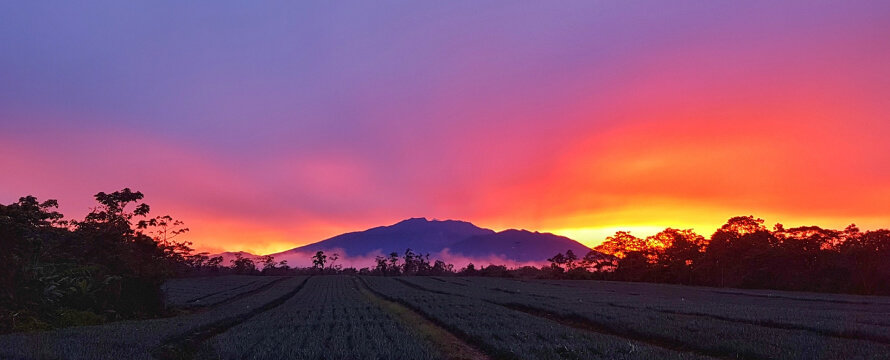
Quick Facts About Turrialba
- Height: 3,340 meters (10,958 feet)
- Location: Santa Cruz, Turrialba, province of Cartago, 24 km from the city of Turrialba.
- Active: Yes. It constantly experiences thermal anomalies and ash explosions.
- Last Eruption: 2022
Barva Volcano
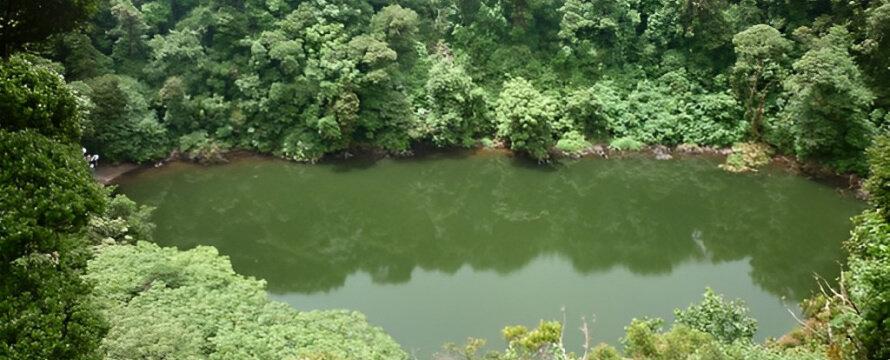
The surface of the Barva volcano covers 1,120 to 1,500 km². According to the National Seismological Network (RSN), it is the largest volcano in Costa Rica in terms of extension and volume. It has three principal summits that can be seen from the Central Valley which has given it the common local name of Las Tres Marías.
Quick Facts About Barva
- Height: 2,906 meters (9,534 feet)
- Location: 22 kilometers (14 miles) northeast of San José in the province of Heredia.
- Active: Not at the moment
- Last Eruption: 1700s
Choose Your Next Adventure
Other Attractions
A few things Guests
Normally Asks
The last volcanic eruption was in 2022 by the Turrialba Volcano.
No, it isn’t allowed or safe to climb Arenal Volcano, however, right next to it there is an extinct volcano called Cerro Chato that can be hiked while still enjoying Arenal Volcano’s view.
There are currently five active volcanoes in Costa Rica. They are Turrialba Volcano, Poas Volcano, Arenal Volcano, Rincon de la Vieja Volcano and Irazu Volcano.
